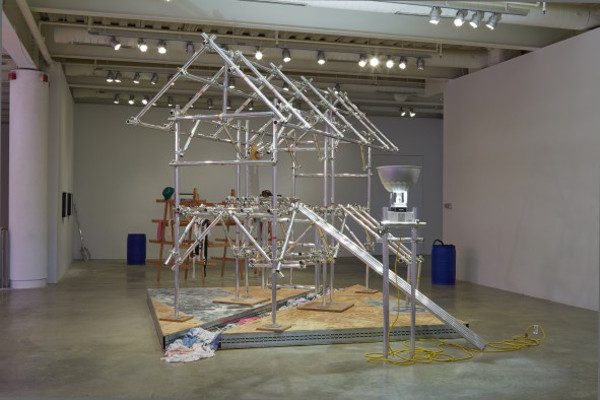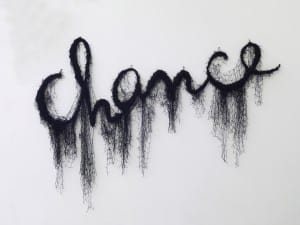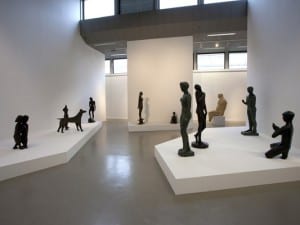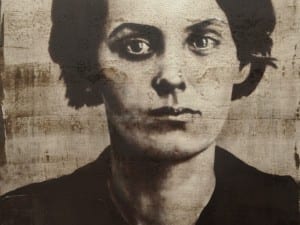A student of Paul McCarthy, Jason Rhoades (1965-2006) lived and worked in Los Angeles and built what he claimed was the world’s largest sculpture at the Deichtorhallen in Hamburg, Germany in 1999, and had a major installation at the 52nd Venice Biennale in 2007. Despite these achievements, the sculptor did not have a major UK exhibition in his lifetime – having died in 2006 at age 41. BALTIC‘s upcoming celebration of the artist’s work in four interpretive paths will be Rhoades’ first large-scale show in Britain.
Rhoades’ influences were diverse; citing figures such as Marcel Duchamp, Donald Judd, Formula 1 driver Ayrton Senna, actor Kevin Costner, and even the movie Car Wash as having influenced his vivid sprawling environments. Therefore, to understand his work the exhibition is divided into: ‘Jason Rhoades, American Artist’; ‘Jason the Mason, (a biographical thread named after a favourite children’s book character)’; ‘Systems (language, scale, indexing, economies)’, and ‘Taboo’. In utilising these sections, the exhibition aims to map and logically understand the artist’s diverse installations and offer relatable points of entry into a labyrinthine body of work that he considered of as one overarching project.
Within these areas, this exhibition will be anchored by major installations from across the artist’s career, including Garage Renovation New York (Cherry Makita), 1993; The Creation Myth, 1998; and Sutter’s Mill, 2000. These spectacular overloaded installations are created with found objects, neon, Lego, power tools, snaking wires, figurines, and a vast range of other materials and so are immediately eye-catching, charged with humour, vibrancy and the provocative audacity of his vision.
In addition to showcasing his bombastic works, the careful organisation of Four Roads aims to show how Rhoades’ work requires closer engagement as seemingly random and chaotic piles of stuff transform into meaningful, metaphorical and functional systems transform upon reflection. The Creation Myth for example, comprising hundreds of objects – folding banquet tables, buckets, shredded paper, wooden logs, office equipment and furniture, video monitors, a smoke machine – turns out to be a highly constructed model of the artist’s brain at work with sections for the accumulation of knowledge, memory processing and the subconscious.
Jason Rhoades, Four Roads, 6 March – 31 May, BALTIC Centre for Contemporary Art Gateshead Quays, South Shore Road, Gateshead, NE8 3BA.
Find out more at www.balticmill.com.
Rhoades featured in Aesthetica Issue 54. Organised Chaos is available to read at www.aestheticamagazine.com/organised-chaos.
Pick up your copy or download digitally at www.aestheticamagazine.com/shop.
Follow us on Twitter @AestheticaMag for the latest news in contemporary art and culture.
Credits
1. Jason Rhoades Sutter’s Mill, 2000. Installation view 2013 Institute of Contemporary Art University of Pennsylvania. Photo: Aaron Igler/Greenhouse Media.





